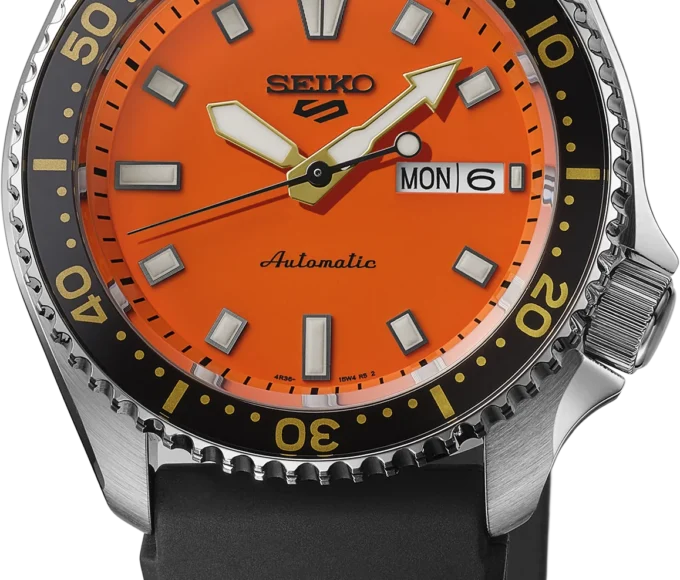You’d think that once a medical device leaves the manufacturing line, the hardest part is over, right?
Not quite.
For distributors, the real challenge often begins after that. From managing storage conditions to ensuring traceability and handling recalls, the distribution phase is where all the quality systems built upstream are truly put to the test. And that’s exactly where ISO 13485 training comes into play.
Because quality doesn’t end with production—it travels with every shipment.
ISO 13485: The Standard That Keeps Everyone Accountable
Let’s start with the basics. ISO 13485 is the internationally recognized quality management system (QMS) standard for medical devices. It sets out the framework for ensuring consistent design, development, production, and—crucially for distributors—delivery of medical devices that meet regulatory and customer requirements.
If you’re in distribution, you might wonder, “But we’re not manufacturing the product. Why should we care so much about ISO 13485?”
Simple: your role is part of the same chain of trust.
Every temperature-controlled truck, every batch record, every handoff point—these are links in that chain. ISO 13485 training teaches you how to maintain those links with precision and accountability so that nothing breaks between factory and hospital.
Distribution: The Often-Overlooked Stage of Device Quality
When people think “medical device quality,” they imagine cleanrooms and calibration equipment. But distribution? That’s where real-world variables kick in.
Humidity, temperature fluctuations, transportation delays—these can all jeopardize device safety if not properly controlled. For example, think about implantable devices or diagnostic reagents. A two-hour delay in a hot loading dock could mean a batch that’s no longer compliant with storage specs.
ISO 13485 training helps distribution professionals see quality through that wider lens. It emphasizes risk-based thinking, ensuring your team understands how storage, handling, packaging, and traceability all feed into patient safety.
It’s not glamorous work, maybe—but it’s vital. You’re the final safeguard before that device reaches the patient.
Here’s the Thing: Training Isn’t Just About Compliance
Sure, compliance is a big part of it. Regulatory bodies expect distributors to meet ISO 13485 standards if they handle medical devices. But effective training goes beyond checking boxes—it builds confidence.
You learn to read between the lines of procedures, to anticipate what auditors might question, and to handle nonconformities before they become bigger problems.
Good training doesn’t just tell you what to do; it helps you understand why it matters. And once you grasp that connection between logistics and patient safety, the job starts to feel different—more purposeful, even a little personal.
The Link Between ISO 13485 and Regulatory Compliance
Let’s not forget the elephant in the room: regulators.
In regions like the EU, Canada, and Australia, distributors are legally responsible for maintaining a compliant QMS aligned with ISO 13485. The EU MDR (Medical Device Regulation) even requires distributors to verify CE marks, confirm labeling accuracy, and manage product traceability.
If you don’t have trained personnel who understand these expectations, you risk not only nonconformities—but potential product holds or legal penalties.
That’s why ISO 13485 training isn’t just a nice-to-have for distributors. It’s a survival tool.
A Quick Story: When a Small Oversight Becomes a Big Lesson
A few years ago, a mid-sized distributor in the Midwest handled shipments for several orthopedic device manufacturers. Everything was fine—until an external audit revealed that their temperature monitoring system had a two-week data gap.
Turns out, the sensors had been calibrated, but the data logger hadn’t been restarted after maintenance. No devices were damaged, but without records, they couldn’t prove it.
The result? A major nonconformity, frantic backtracking, and a costly revalidation of their storage systems.
After that, every employee—from warehouse techs to supervisors—went through ISO 13485 training. Within months, audit scores improved, and so did confidence.
Sometimes, you don’t realize how fragile “compliance” is until it slips through your fingers.
The Human Side of Quality: It’s All About Culture
It’s easy to think of ISO 13485 as just rules and procedures, but let’s be honest—quality systems live or die by culture.
If your warehouse crew doesn’t understand why it’s important to segregate damaged packages or document a temperature excursion, all the SOPs in the world won’t save you.
Training changes that. It gives people context.
When team members know that the data they record might one day defend a product’s safety—or protect a patient’s life—they take ownership differently. And that cultural shift is where true quality begins.
How Training Supports Continuous Improvement
ISO 13485 isn’t static. It demands continuous improvement—which is easier said than done. But for distribution, that might mean streamlining how you document temperature excursions, improving lot tracking accuracy, or enhancing communication between your QA and logistics teams.
Good training keeps you in that improvement mindset. It helps teams question, “Can we make this simpler? Faster? More accurate?” That curiosity is the heartbeat of a strong QMS.
What About New Hires?
One of the smartest things you can do is include ISO 13485 awareness in your onboarding process.
Even if new hires aren’t handling quality records, they should understand why procedures exist and what role they play in maintaining compliance.
A quick half-day orientation on ISO principles, coupled with hands-on process walkthroughs, can save you endless headaches later. It turns new employees into informed participants instead of unintentional weak links.
Distribution and the Global Supply Chain: Where ISO 13485 Really Shows Its Value
The pandemic taught everyone a harsh lesson about supply chain fragility. Disruptions, delays, and shifting border regulations forced medical device distributors to adapt quickly.
ISO 13485 training proved invaluable during that period. Teams who understood change control, risk assessment, and documentation requirements could pivot smoothly without losing compliance footing.
Even now, as supply chains evolve, distributors with well-trained staff have an edge. They can qualify alternate suppliers, manage imports, and document those changes seamlessly—all while maintaining quality assurance.
A Quick Look Ahead: The Future of Distribution Quality
The landscape is shifting fast. With e-commerce-style distribution, direct-to-hospital logistics, and increasing post-market surveillance requirements, the role of ISO 13485 in distribution will only grow stronger.
Future training programs are starting to include modules on digital traceability, blockchain-based lot tracking, and AI-driven temperature monitoring.
The message is clear: those who invest in quality knowledge today will lead tomorrow’s compliant, efficient, and trusted distribution networks.
So, Is ISO 13485 Training Worth It for Distributors?
Absolutely—without a doubt.
It’s not just about avoiding findings or passing audits. It’s about running a tighter ship, earning manufacturer confidence, and safeguarding patients you may never meet but still serve.
ISO 13485 training gives your distribution team clarity, confidence, and control. It turns compliance from a burden into a badge of professionalism. And that’s something customers—and regulators—can feel.
You’re not just moving boxes. You’re moving trust.
Final Thoughts
In medical device distribution, the products you handle carry more than labels and lot numbers—they carry lives. ISO 13485 training helps ensure every movement, every record, every delivery reflects that responsibility.
It connects the dots between logistics and life-saving reliability. It reminds teams that the journey from warehouse to ward isn’t just logistical—it’s ethical.
So whether you’re leading a warehouse team or managing a fleet of deliveries, ISO 13485 training isn’t just worth your time—it’s part of your duty. Because in this industry, quality doesn’t travel alone—it travels with you.













Leave a comment